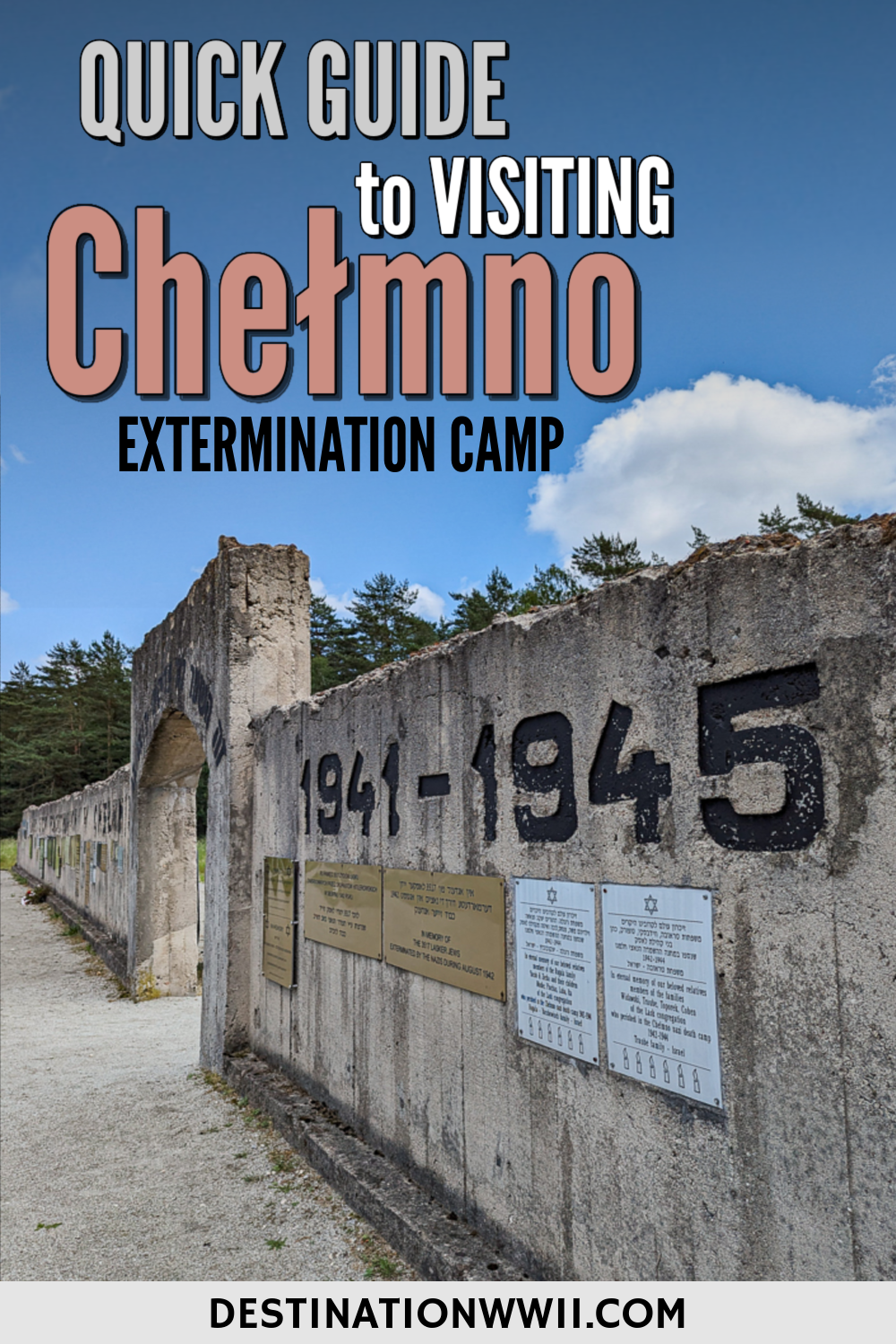If you’re planning to visit any of the extermination camps in Poland, visiting Chełmno should be a required first stop. Though there isn’t much left of the camp in a physical sense, the things I learned about what happened here will stay with me forever.
This quick guide will tell you everything you need to know to plan your own visit to Chełmno extermination camp museum and memorial–the first Nazi extermination camp.
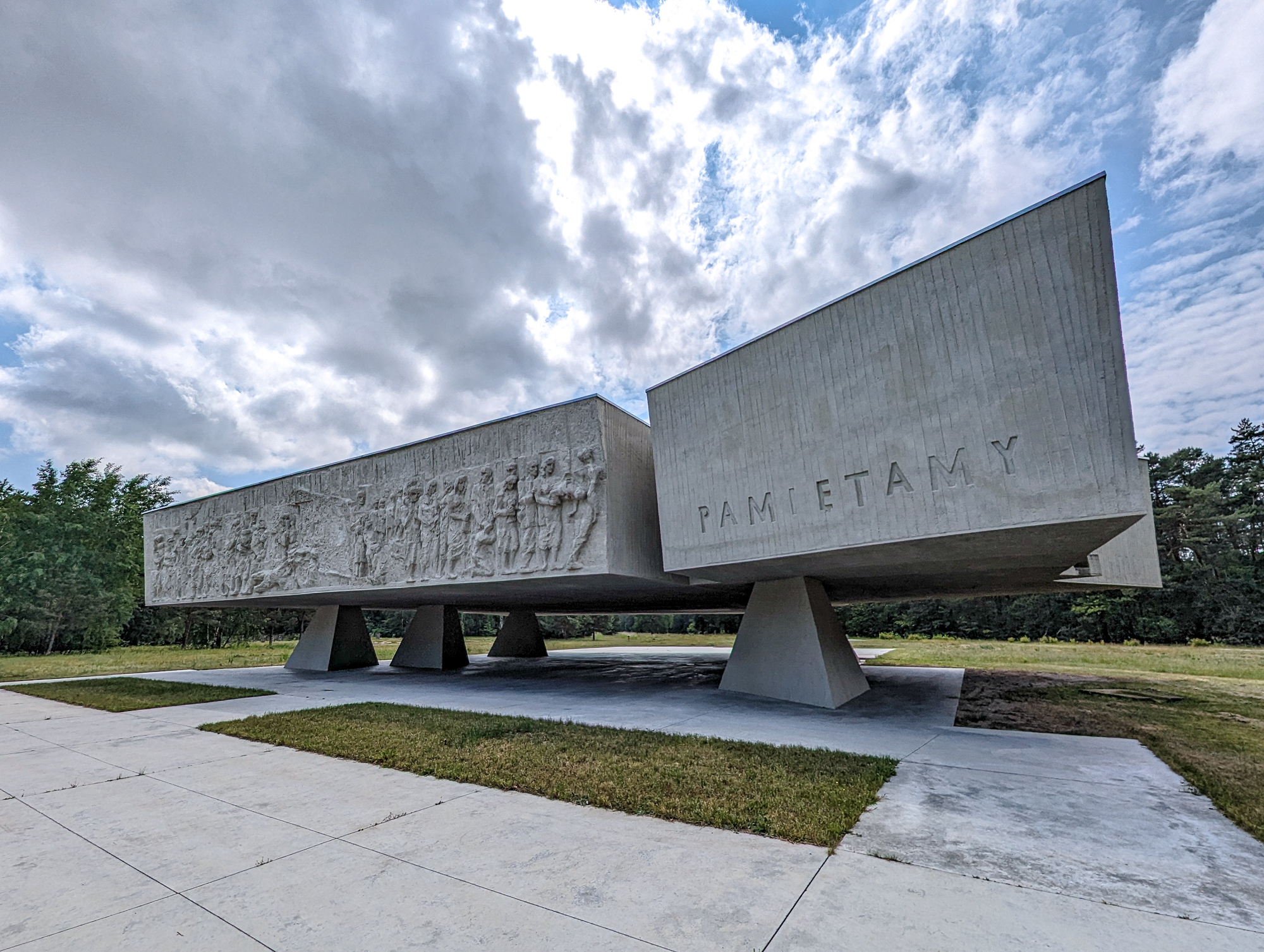
What is Chełmno?
Along with Auschwitz, Belzec, Majdanek, Sobibór, and Treblinka, Chełmno was one of the six major Nazi death camps during the Holocaust. It was the first one to open, and was used specifically to murder Jews as part of the “Final Solution to the Jewish Question.”
Chełmno was also the only camp to be fully liquidated and then resume operation for a second time. It first opened in November 1941 and operated until March 1943 when the SS decided to liquidate the camp and blow up the main buildings to cover up their crimes. However, when it came time to liquidate the Łódź Ghetto in June 1944, Nazi authorities decided to reopen the death camp. They liquidated it for good in mid-January 1945.
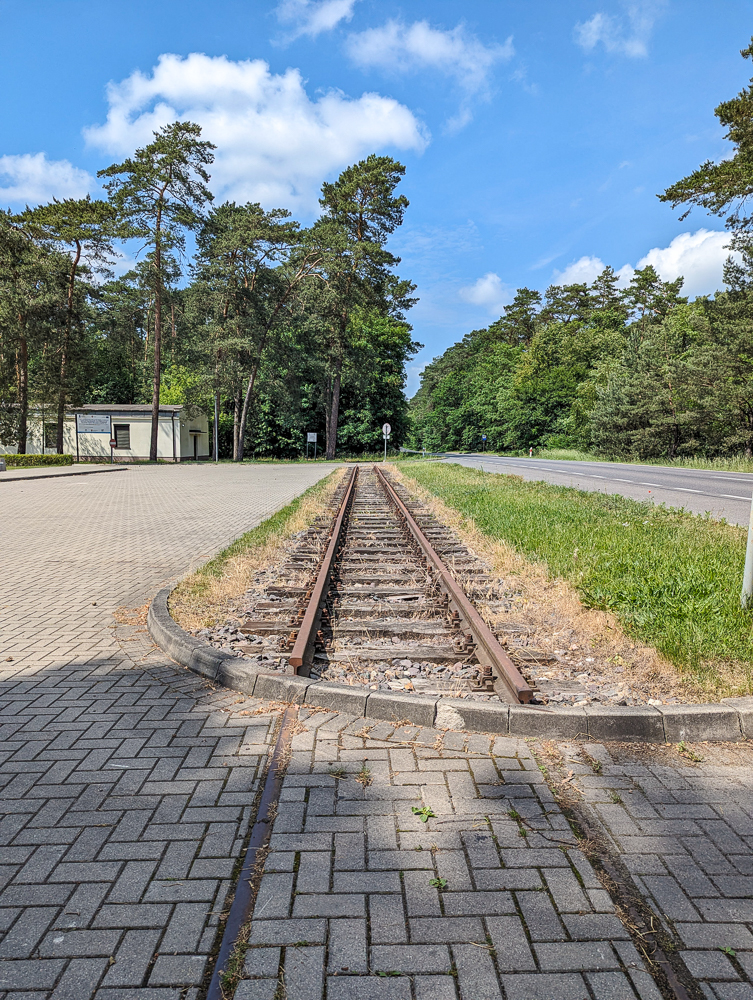
During its two periods of operation, the SS killed over 200,000 people at Chełmno. That number includes mostly Jews from Poland and western Europe, 4,300 Roma and Sinti, non-Jewish Poles, Soviet POWs, and a group of children from the Czech villages of Lidice and Ležáky (part of the Nazi retribution following the assassination of Reinhard Heydrich in Prague).
You may often see Chełmno extermination camp referred to as Kulmhof; this is its German name. Both describe the same place.
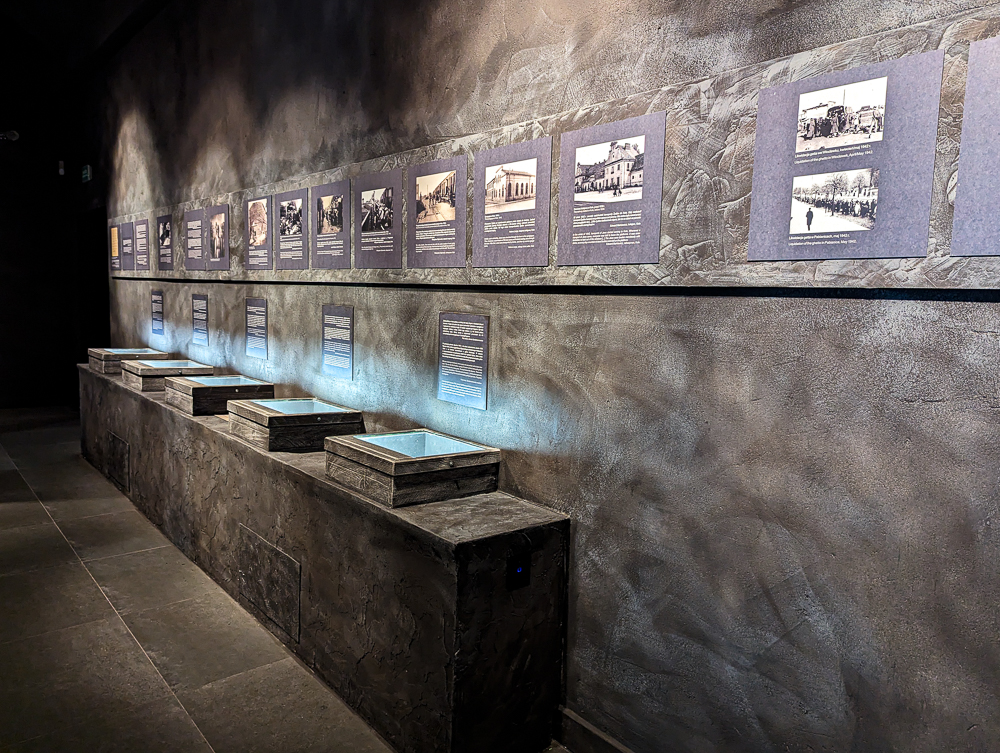
Chełmno as a killing center
Chełmno was also the only extermination camp to use mobile gas vans instead of gas chambers. And what you’ll learn immediately after arriving, is that it was also one of the most depraved.
The major feature of the Chełmno extermination camp was a large mansion. Upon arrival, the victims would be led into the mansion and greeted by SS officers wearing white coats. This was to give the impression they were actually doctors and that the victims were only going to be examined/treated before being sent to work in Germany.
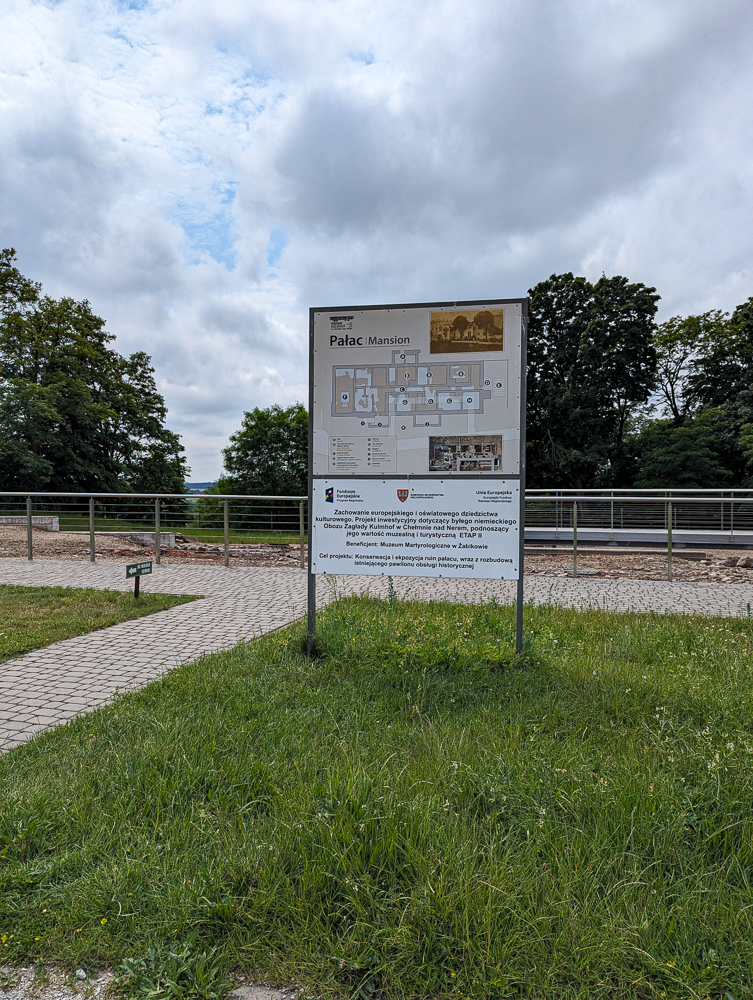
These “doctors” forced them to disrobe and hand over their belongings. They’d then lead them down into the “basement” of the mansion to the “showers” which were actually just the back of a large van. Once in, they closed the van doors and started the engine which would pump carbon monoxide from the exhaust directly into the back of the van through an attached tube.
After the victims had died, the van would then drive over to the nearby Rzuchów Forest. It would dump the bodies into previously dug pits and then return to the mansion to repeat the process. In 1942, the overflowing mass graves in the Rzuchów Forest began to be a problem. So, two crematoria were then built and the bodies exhumed and burned.
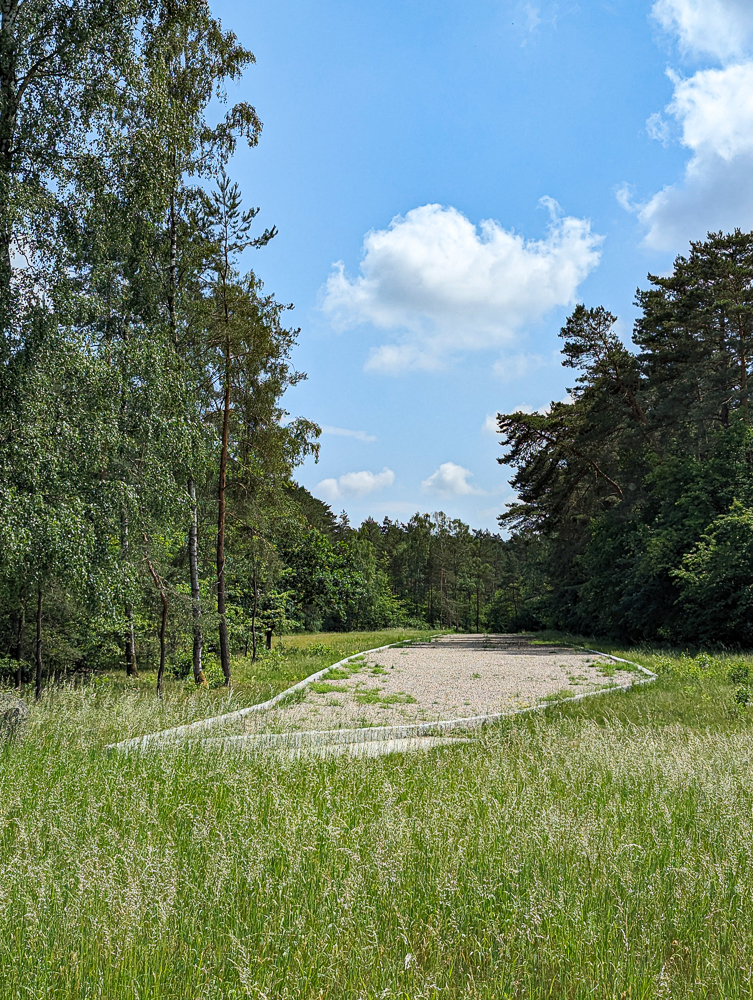
One depraved deception
As evil as this whole process was, what really stands out to me are the lengths to which the SS went to disguise what they were really doing. After the new arrivals disrobed and handed over their belongings to who they believed were doctors, they’d be given a receipt with which to retrieve their things afterwards, further perpetuating the lie.
The mansion’s rooms were decorated as if a family lived here, complete with children’s toys, to give it a safe, harmless impression. This was all part of the extremely depraved ruse to keep the victims calm and obedient on their way to their deaths.
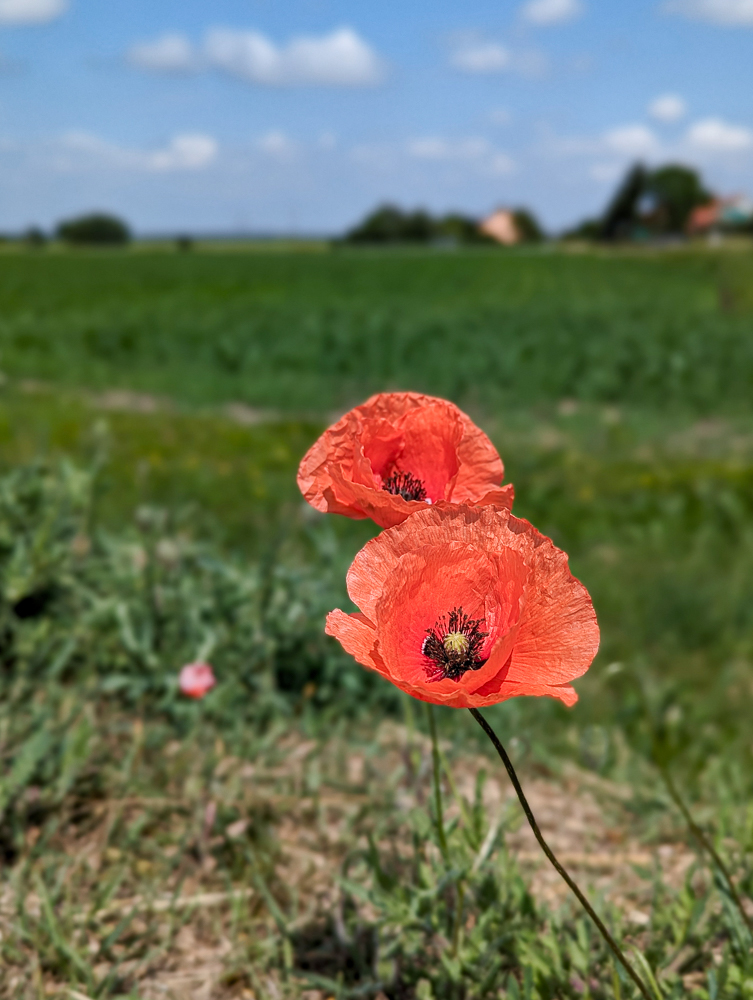
Chełmno liquidation
As happened at many of the Nazi concentration and extermination camps, the SS liquidated the camp of all prisoners and blew up the structures in an attempt to destroy any and all evidence of their heinous crimes.
The first liquidation took place on April 7, 1943 and the mansion and crematoria blown up. Camp operations resumed in June 1944 and the camp was once again liquidated the next month. This time, the remaining prisoners were sent to Auschwitz-Birkenau, except for a few held in the Granary Building.
On January 17, 1945, the camp was to be liquidated completely one last time. Knowing they were about to die, the prisoners in the Granary revolted against their captors, killing two of them. As retribution, camp commandant Hans Bothmann ordered his SS minions to lock the remaining 47 prisoners inside the building and set it on fire. By some miracle, two of them survived.
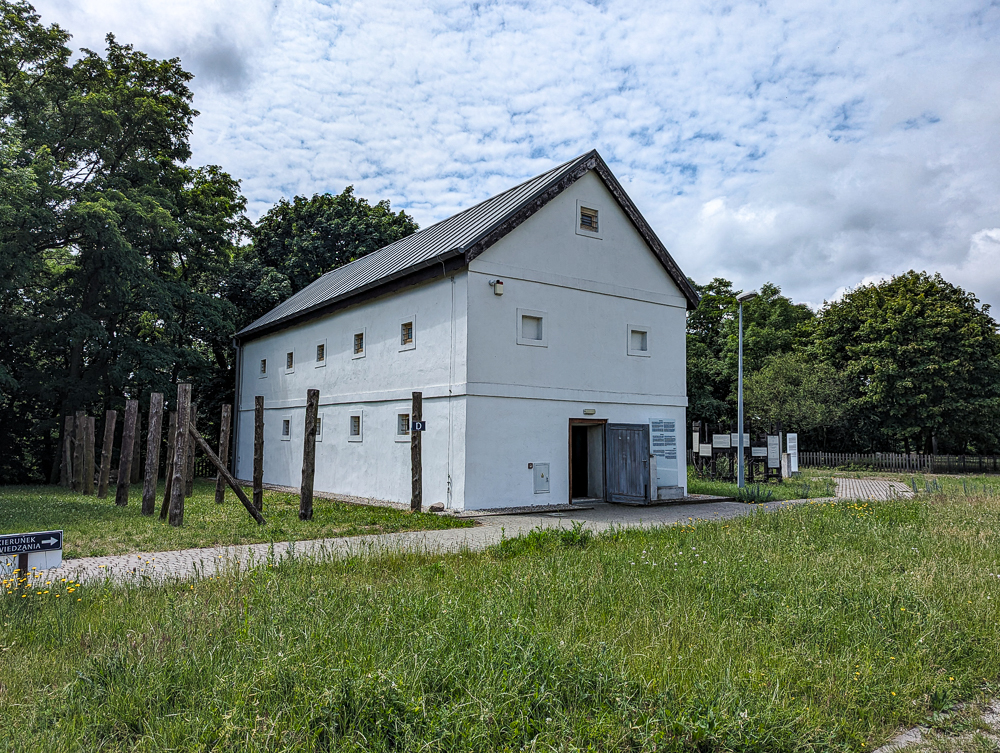
Chełmno today
Visting Chełmno today you can still get a pretty clear idea of what the camp looked like, even though most of the structures have been destroyed. Excavations that took place from 1997 to 2005 unearthed the foundation of the mansion house. Parts of the crematoria in the forest also remain visible.
The Granary building, despite being set on fire, still stands thanks to its concrete structure. The roof and other destroyed parts have been rebuilt and it now holds a special exhibition.
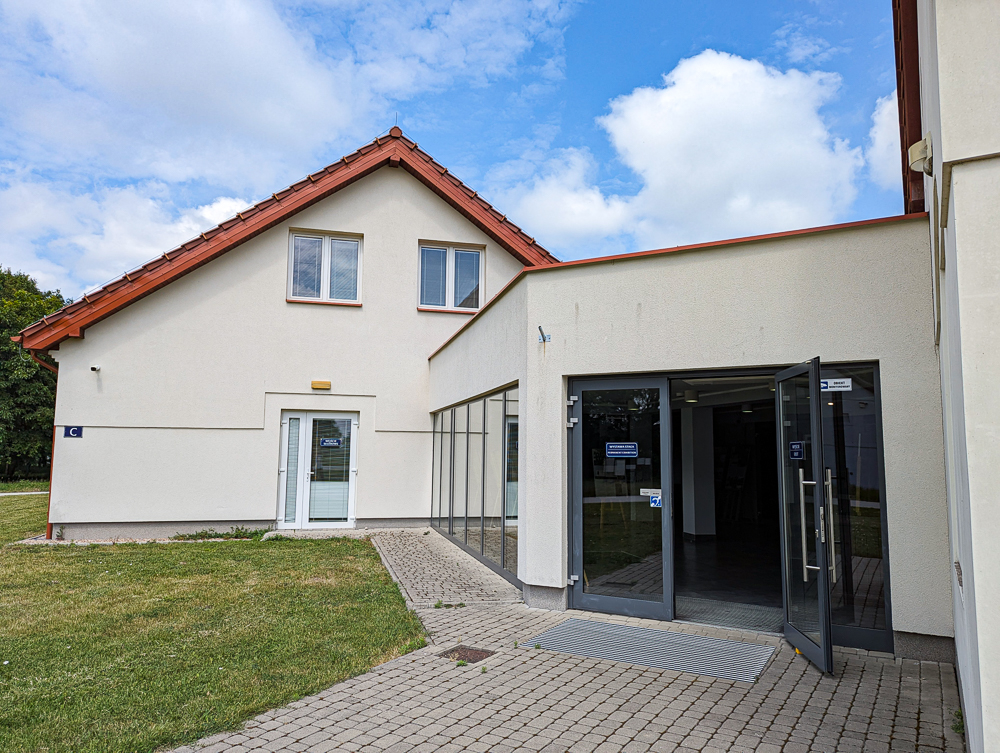
Why visit Chełmno?
Unlike some of the camps like Auschwitz, Majdanek, and Fort Breendonk which still have many of their original structures, Chełmno lacks a lot to actually “see.” However, the structures and memorials that do exist here tell some incredible stories.
Regardless, as with all concentration and extermination camps, I recommend visiting if for no other reason than to bear witness. The Nazi regime did everything in its power to cover up its crimes which were some of the worst we’ve seen in all of history. We owe it to the victims to continue to learn about their experiences and the horrors they endured here at Chełmno and everywhere else. Don’t let what happened at Chełmno be forgotten.
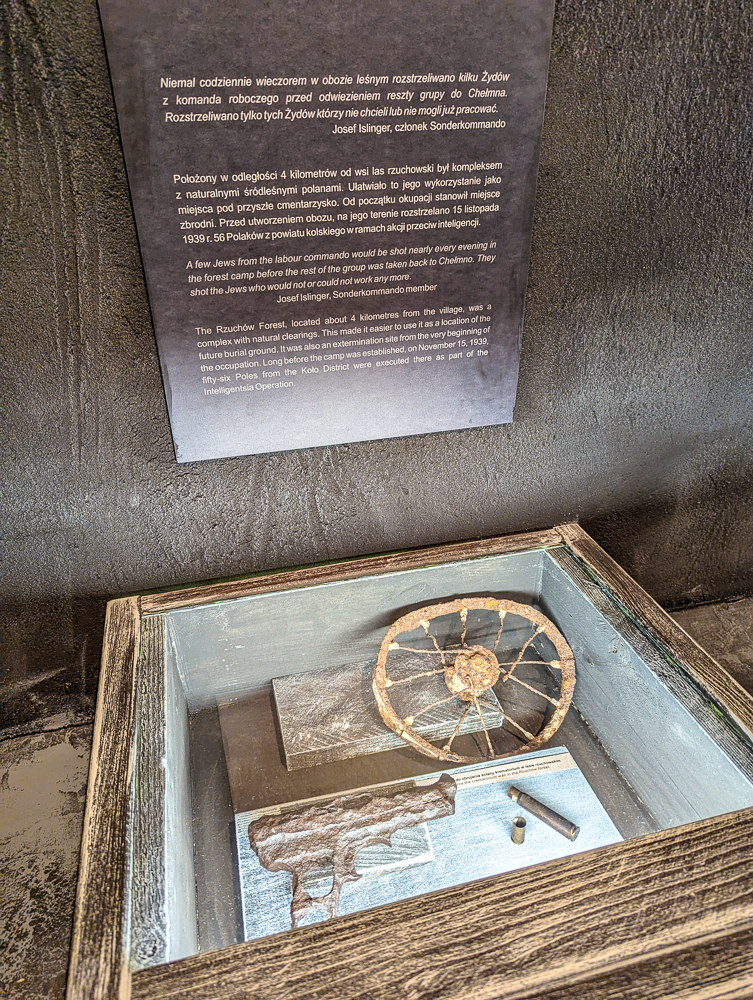
Where is Chełmno extermination camp?
The Chełmno Extermination Camp Museum and Memorial is located in the center of Poland near the village of Dąbie. It’s pretty much central to the cities of Warsaw, Poznań, and Łódź.
How to get to Chełmno
Though Chełmno is a bit off the typical tourist track, it’s still located close enough to some major cities to make getting here not too difficult. Still, the easiest way to get here is by car. (You can rent a car here if you need to.) The Chełmno museum and memorial is a:
- 1.25-hour drive from Łódź
- 1.75-hour drive from Poznań
- 2-hour drive from Warsaw
- 2.75-hour drive from Wrocław
Once here, free parking is located in a lot across the main road (473) from the entrance to the Chełmno memorial site. See the map below for a visual.
GPS address for the camp: Chełmno 59A, 62-660 Chełmno/Dąbie.
GPS address for the parking lot: DW473 36, 62-660 Chełmno/Dąbie.
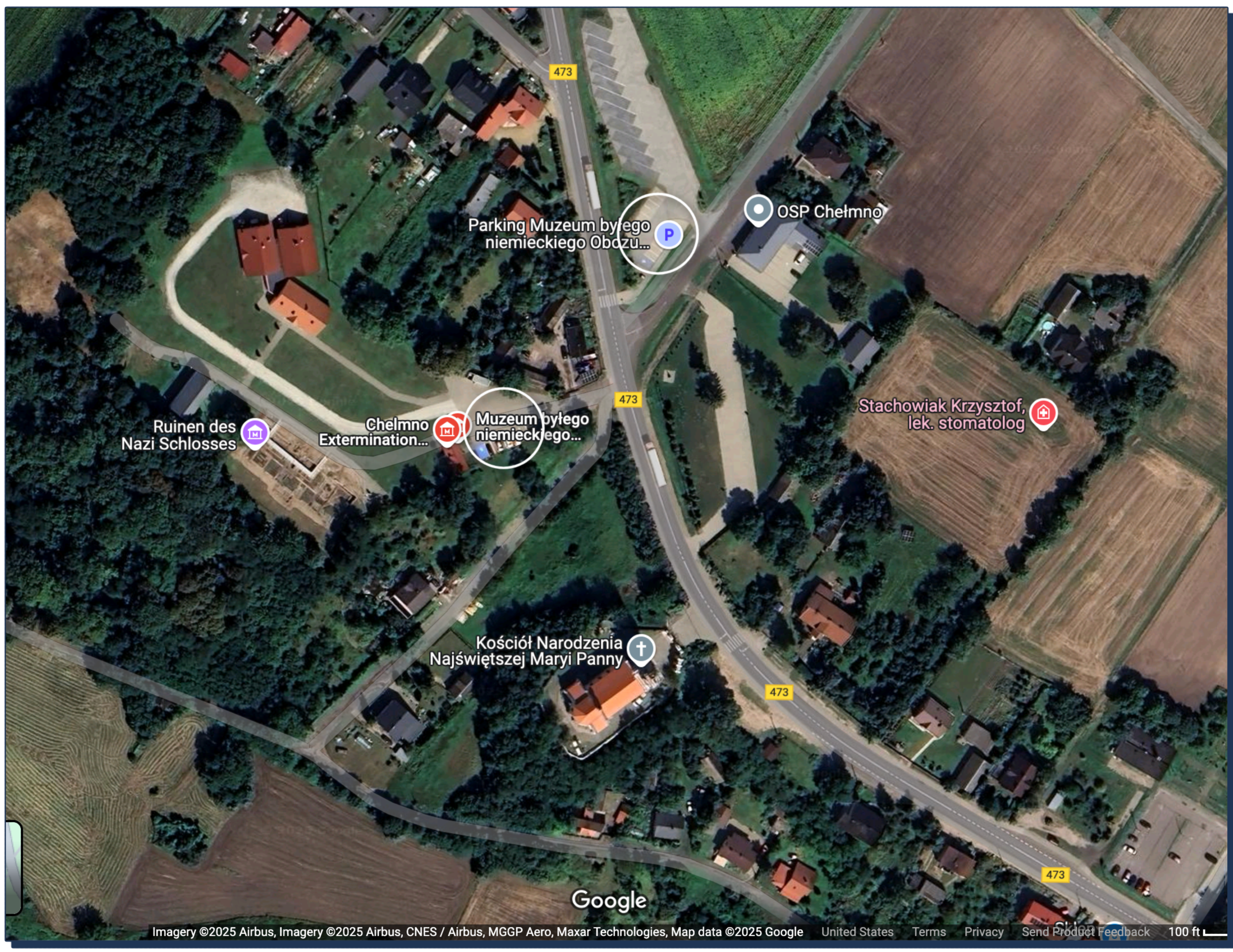

Across the road diagonally from the parking area you’ll see a driveway leading to a secure area behind a metal fence. Walk through the gate and proceed to the white building with the orange roof straight ahead. This is the Visitor Center where you’ll check in.
To visit the Rzuchów Forest memorial area, you’ll need to get back in your car and drive 5 minutes up the road. Leave the parking area and turn right onto 473. Continue on 473 until you reach the designated parking area on the left. Behind it, you’ll see the massive Chełmno monument.
Also read: Driving in Poland: What You Need to Know Before You Hit the Road
Visiting Chełmno by tour
It’s also possible to visit the Chełmno extermination camp on a day tour. I don’t have any personal experience with these, but if this interests you, check out Poland Travel who offers tours to Chełmno from either Poznań or Łódź.
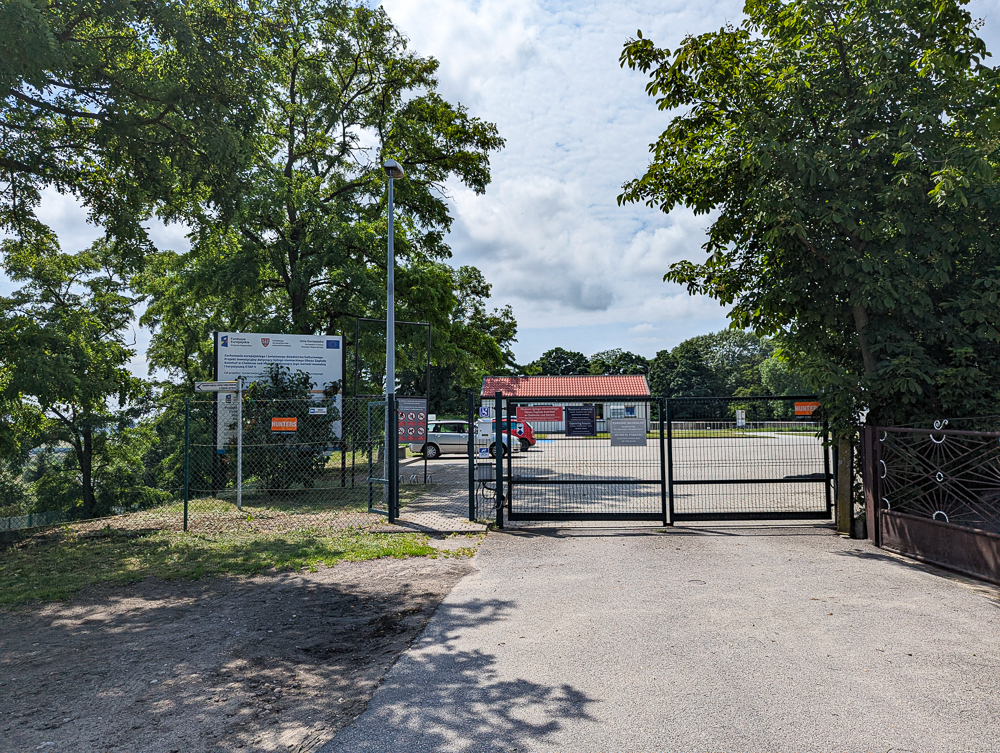
What you can see at Chełmno extermination camp
Visiting Chełmno, you’ll be able to tour the museum’s permanent exhibition, the Granary building, the ruins of the Mansion house, and several other areas at the former camp. Over in the “forest camp,” you’ll be able to see the massive Chełmno monument, the ruins of the original crematoria, the former mass grave sites, and several other memorials throughout the area.
Chełmno Museum
Inside the site’s permanent exhibition, you’ll find a solemn presentation of the camp’s history. It includes photographs, informative maps, original artifacts, and a helpful timeline. There’s also a book containing personal information on some of the top Nazi officials who carried out the murders. The panels present the information in both English and Polish. The front room of the museum hosts temporary exhibitions as well.
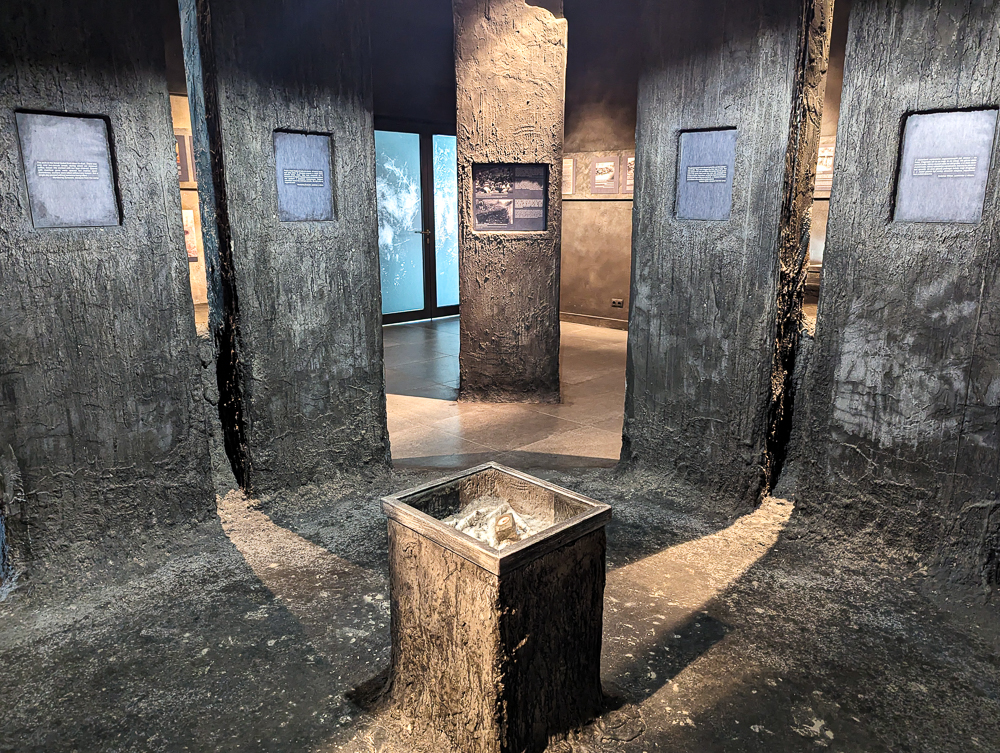
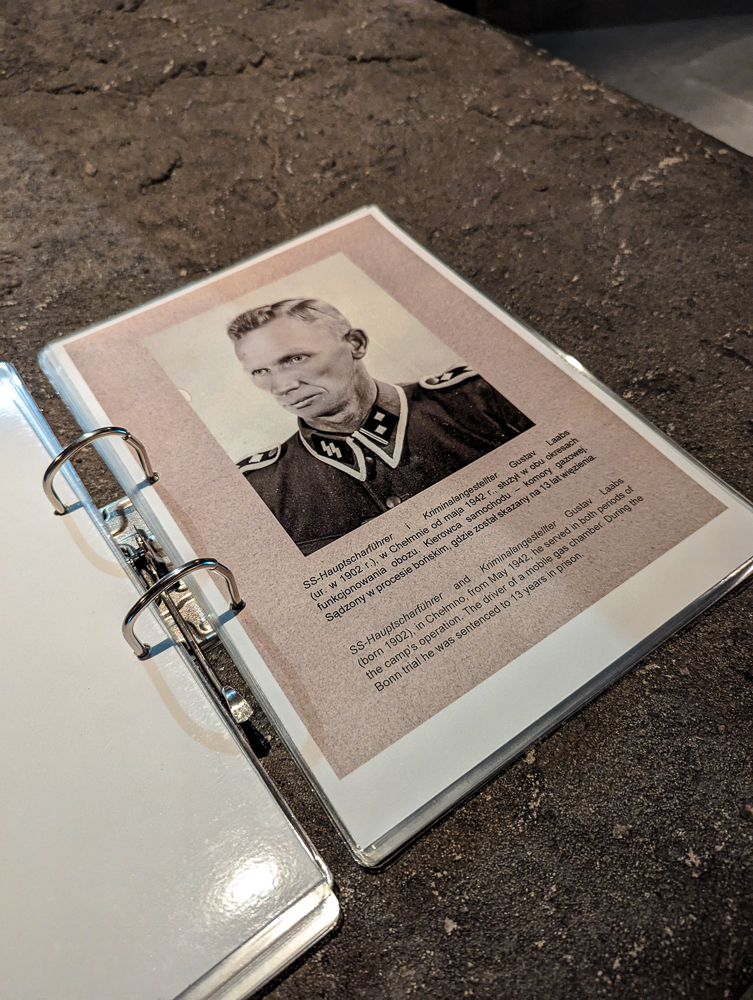
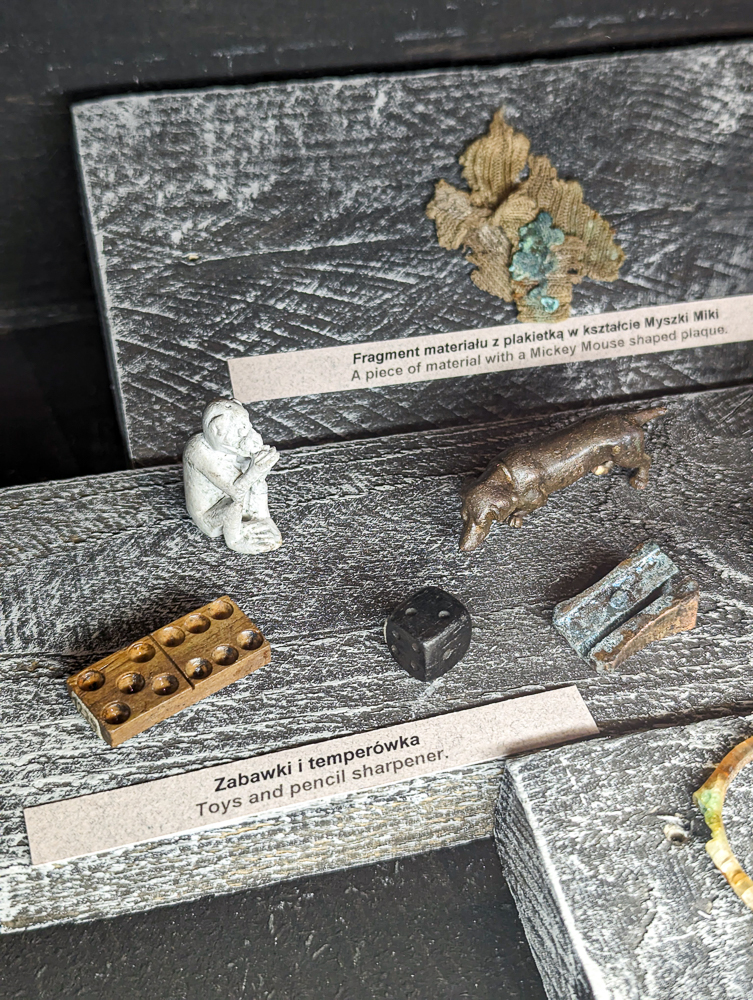
Ruins of the former camp
Outside the museum, you’ll be able to check out the remains of the Mansion house. There’s an elevated walkway now so you can walk over it to see where the different rooms were located.
Walk around the property and you’ll find informative panels on many different subjects including the camp’s liquidations, the many transports of Jews that arrived here, and the “waste pits” that were later discovered where tons of personal artifacts were found.
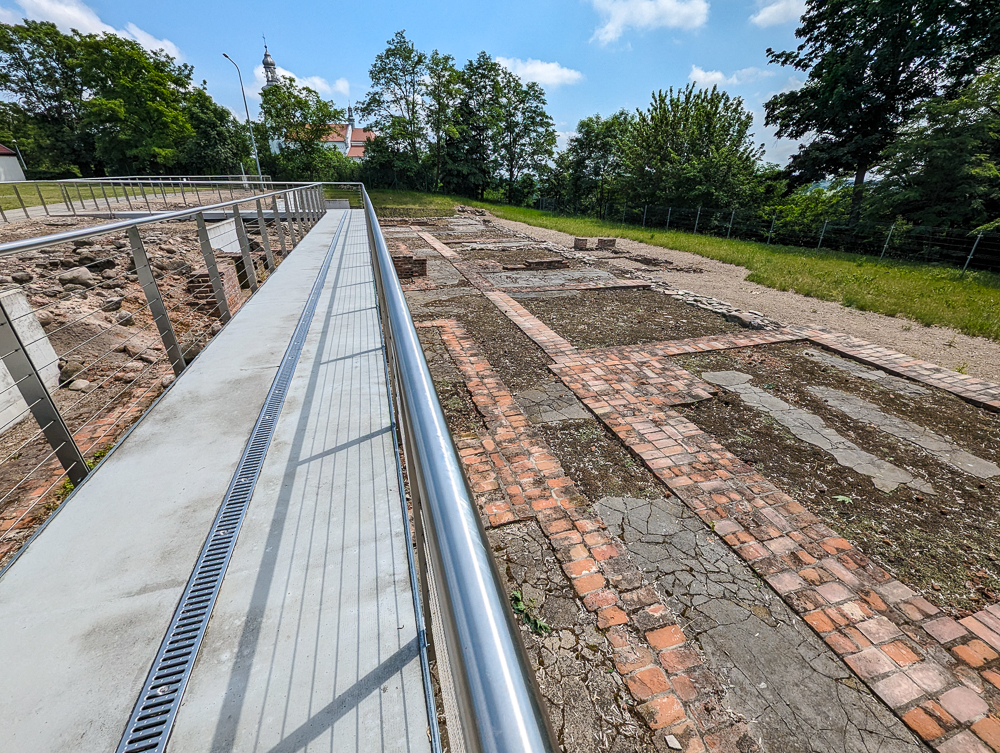
Granary Building
In the back of the property, you’ll find the Granary building–the only original structure still standing. You can go inside the building to see the site’s newest exhibit—The Granary – The Place of Tragedy (opened in 2009). This small exhibit tells the story of the camp’s last prisoners, the ones killed in this very building.
See my full 2-week Poland WWII itinerary here.
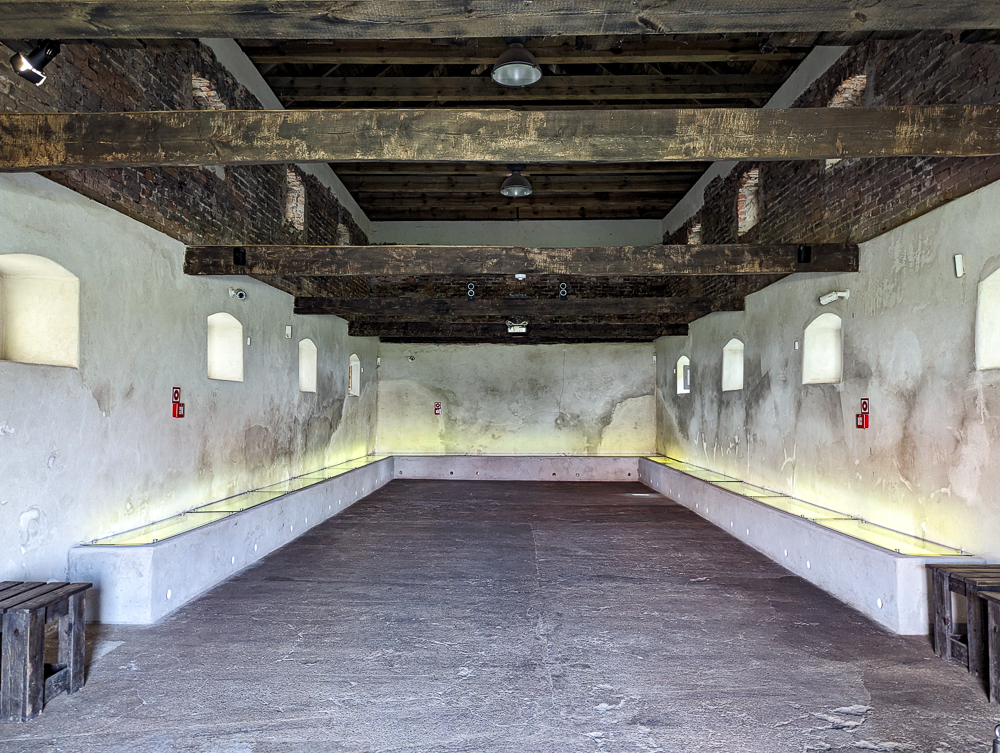
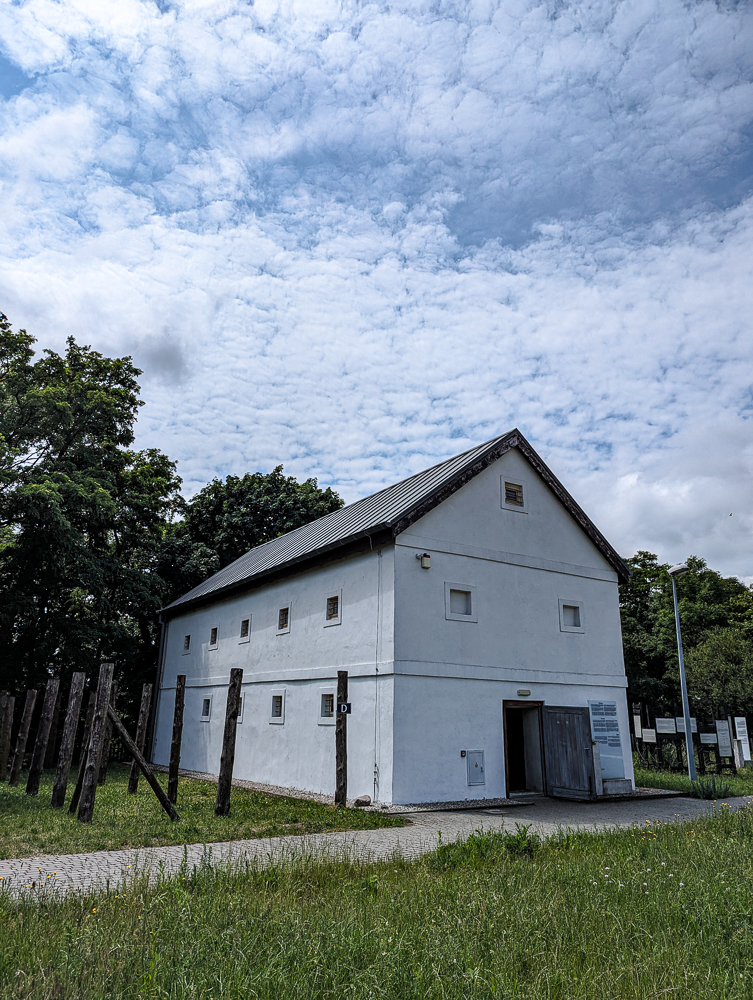
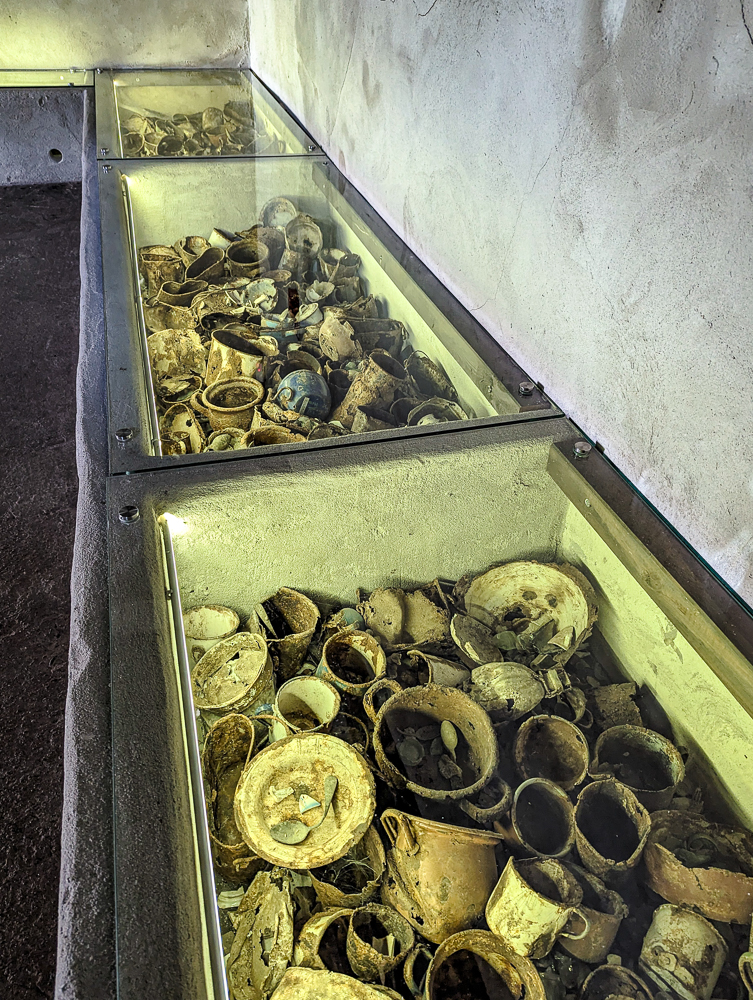
Chełmno monument
Arriving at the Rzuchów Forest, you’ll first encounter the massive Chełmno monument – the Monument to the Victims of the Holocaust. Designed by Polish artists Józef Stasiński and Jerzy Buszkiewicz and erected in 1964, it consists of a massive concrete slab supported by five pyramids. The single word on the front means “We Remember.”
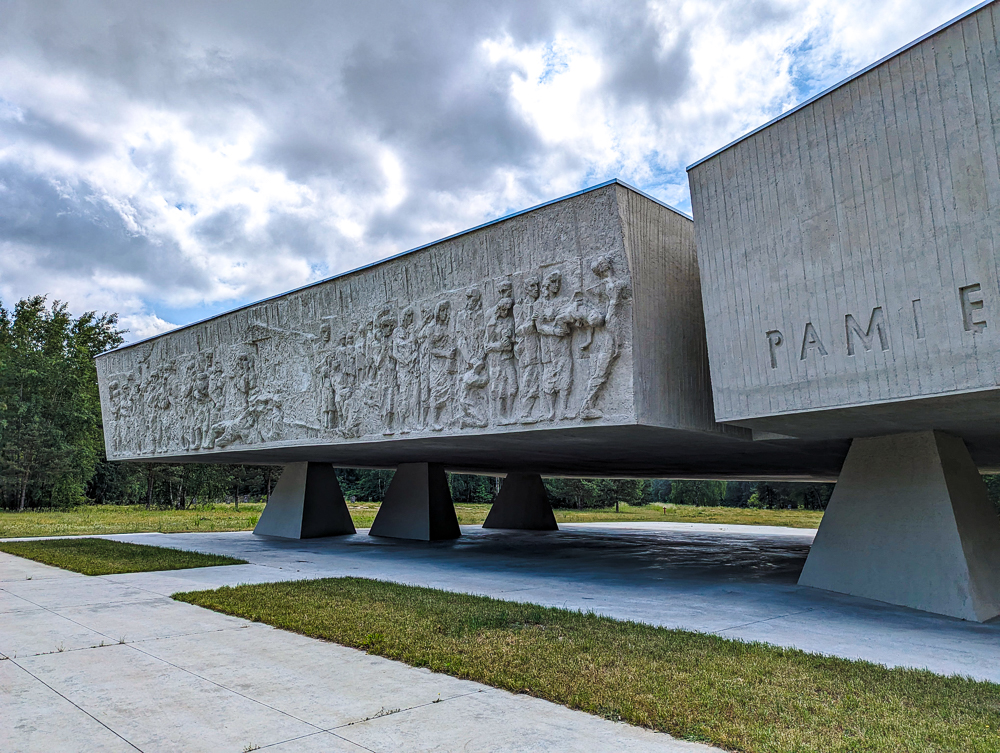
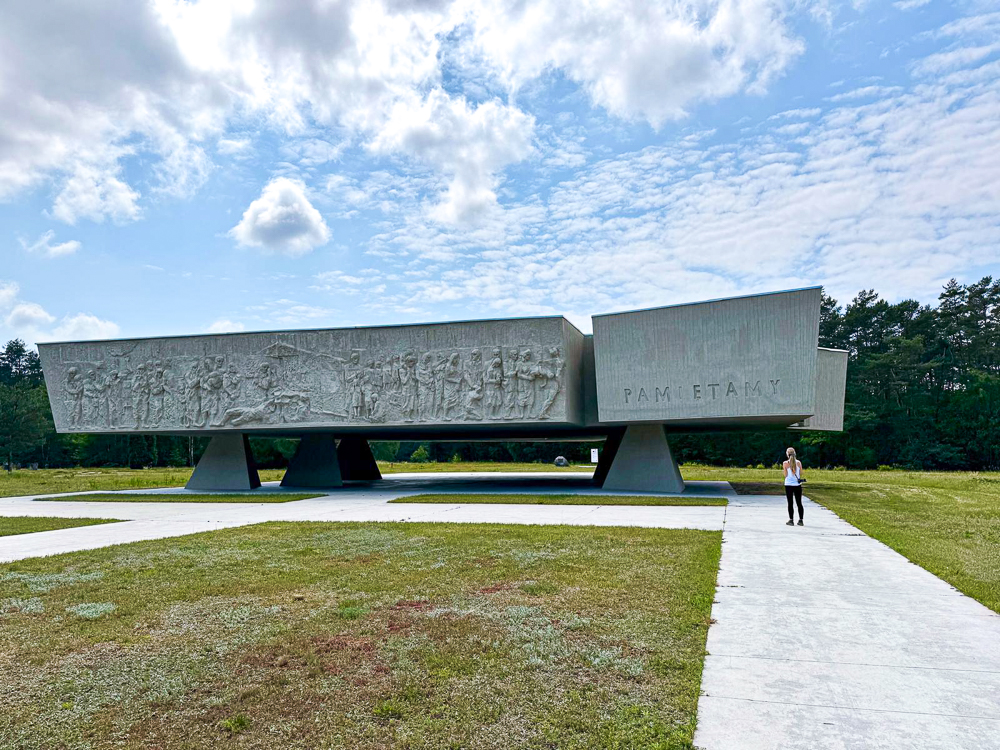
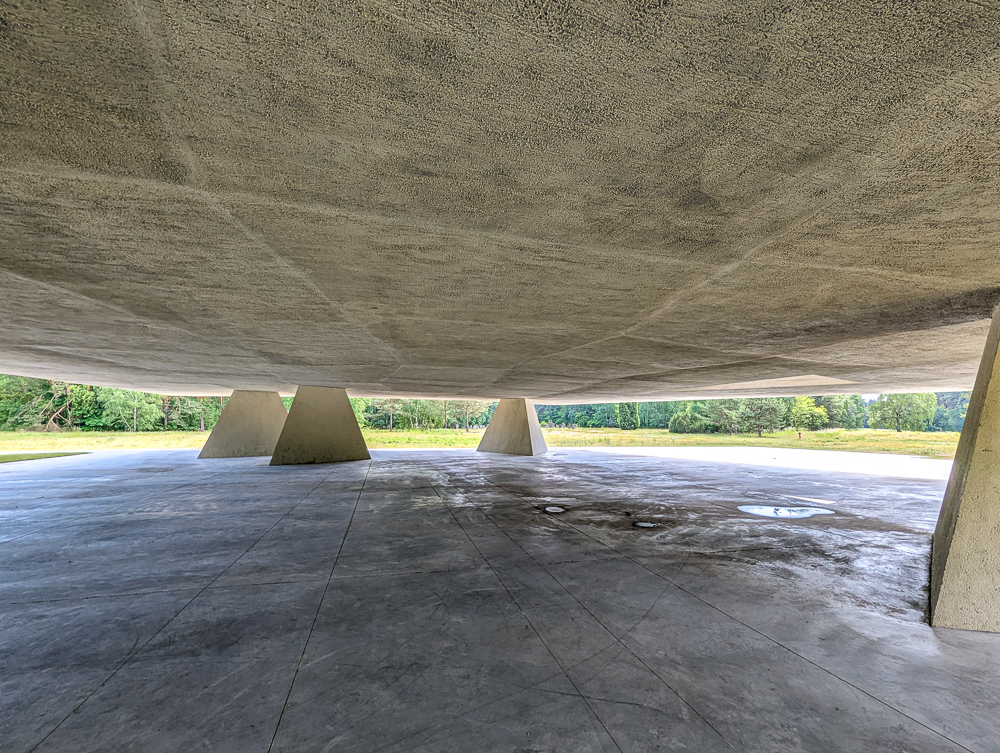
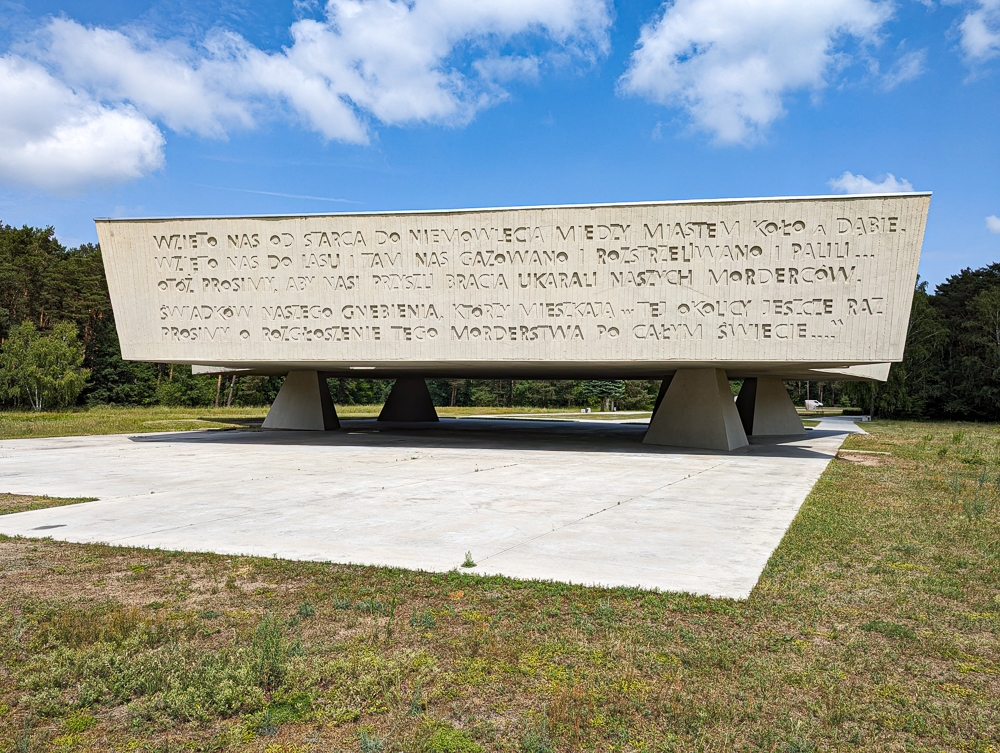
Inscription on the back of the monument reads:
We were all taken, from old men to babies, between the towns of Koło and Dąbie. We were taken to the forest where we were gassed, shot, and burned. Please let our future brothers punish our murderers. Our friends who live in this area, we ask once again to spread word of this murder all over the world…
Rzuchów Forest
Continuing on past the monument you’ll enter the Rzuchów Forest—the “forest camp.” It was here where the SS brought the newly killed victims and dumped their bodies in open pits. This is also where they burned the bodies after later exhuming them.
Throughout the area you’ll find several memorials of all sizes and shapes, including the memorial wall in the back. You can also see the ruins of the two crematoria that once operated here.
The Rzuchów Forest was also the scene of another mass murder. On November 15, 1939, the Einsatzgruppen and SS took 56 political hostages into the forest, shot them, and buried their bodes in a mass grave. These people were considered enemies of the Nazi regime–”Polish leaders and intellectuals including teachers, the clergy, people with higher education, and possibly merchants.” The memorial to these hostages sits facing the massive Chełmno monument.
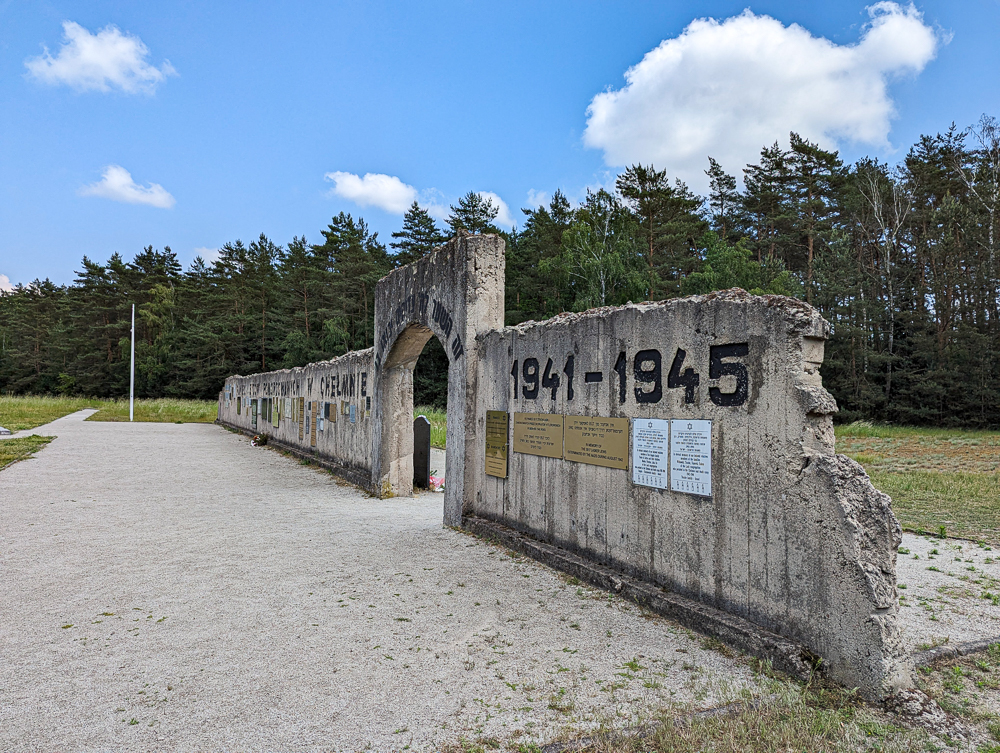
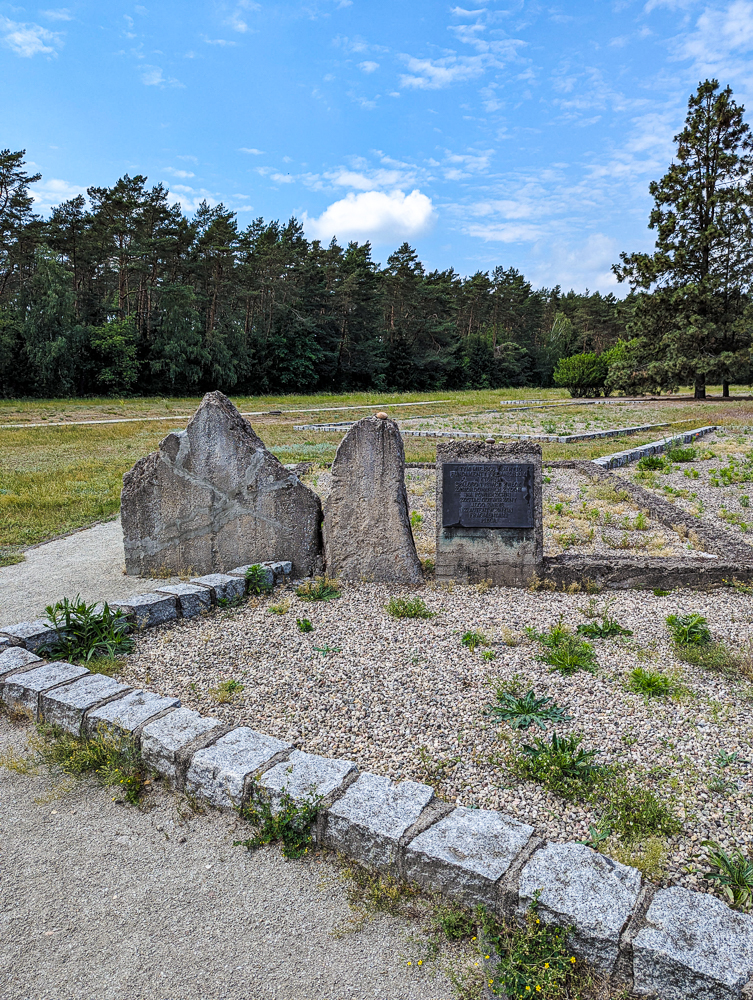
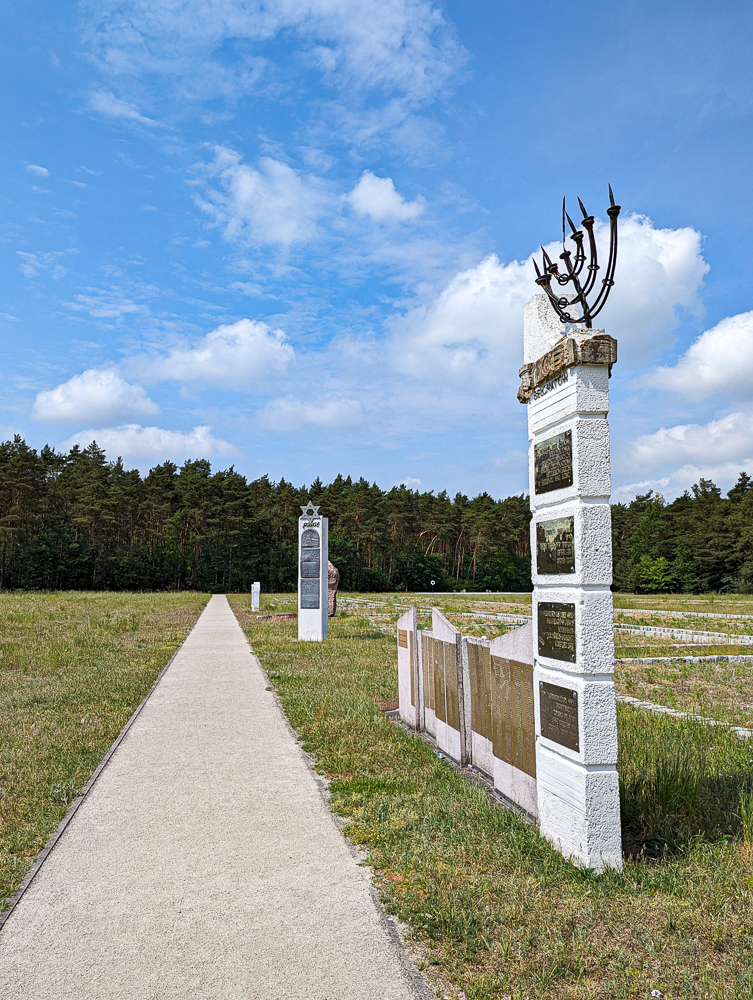
Visiting Chełmno: What to expect
After parking and walking over to the museum site, first stop by the main building straight inside the gates. A guide will explain the site and provide you with some extra materials you can keep. On my visit, the guide then gave my friend and me a quick tour around the property to point out some of the more important parts and explain how the camp operated.
He then took us over to the museum and explained the exhibits, the timeline of the camp, and some of the notable artifacts. He then left us to explore the museum (and the rest of the sites here) at our own pace.
After we’d seen everything there was to see at the former camp site, my friend and I got back in our car and drove to the forest camp. There’s also a free parking lot here and you’re free to explore the area on your own. There are a few informative signs and maps but not a lot. The guide at the beginning explained much of the camp to us and gave us a map of sites at the forest camp (which are also available here on their website).
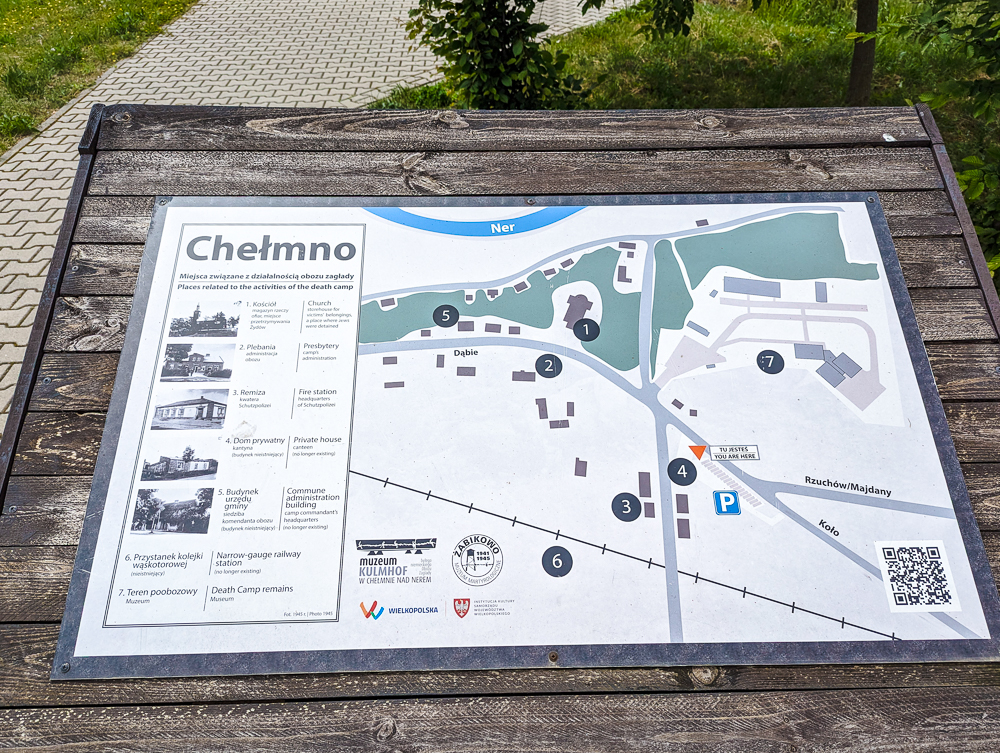
What you need to know for visiting Chełmno
Here are a few of the most important things you need to know for visiting Chełmno:
Go to the right location
First and foremost, make sure you end up at the right location. For whatever reason, there are several cities in Poland named Chełmno, and also a Chełm which is over near the Ukraine border (and, ironically, pretty close to the Belzec extermination camp). If you simply enter “Chełmno” into a map, it’ll take you to the city of Chełmno in the north of Poland near Gdańsk.
It’s only when you search for “Chełmno Extermination Camp” or “Kulmhof Museum” that it takes you to the memorial site you want to visit. Technically, the closest town to here is the small village of Dąbie. But, for whatever reason, this and the other buildings nearby have Chełmno as their address. Beats me.
Even after you enter the official address of the museum into your GPS (or simply Kulmhof Museum), double check that you’re headed to the right place.
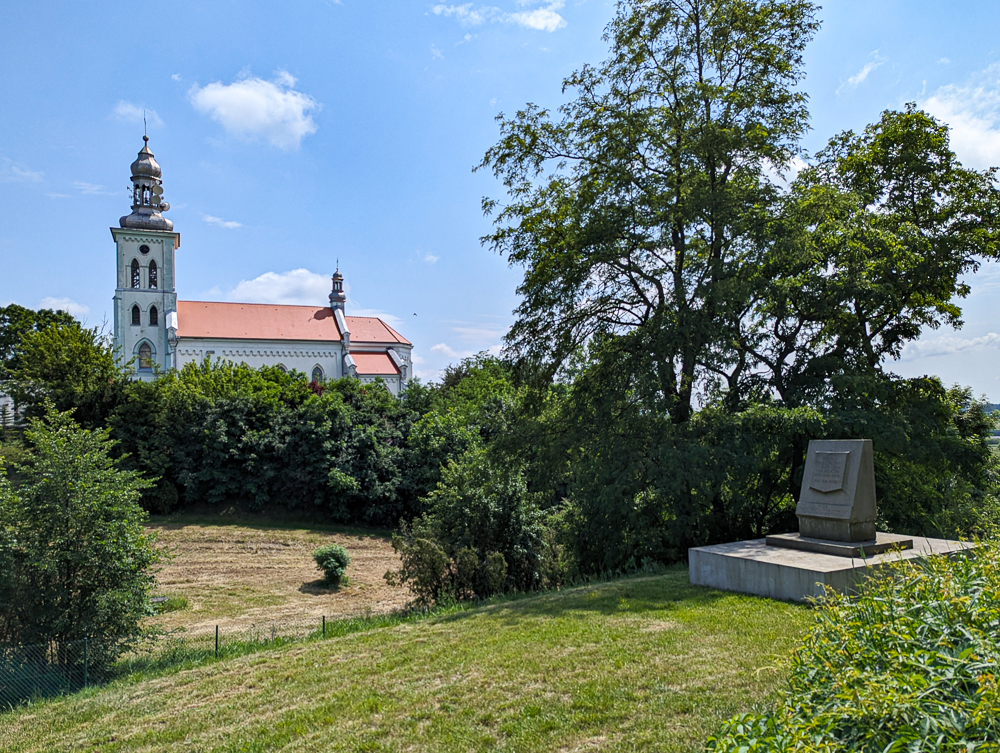
Chełmno has two sites to visit
After you visit the museum and the surrounding area, don’t forget there’s also the forest location with much more to see. It’s only a quick 5-minute drive away and has free parking so please don’t miss it.
A few more little things to be aware of:

How to act at Chełmno
Hopefully you won’t see any inappropriate behavior while visiting Chełmno like I’ve seen at other memorial sites. Still, here are a few simple rules to follow while here:
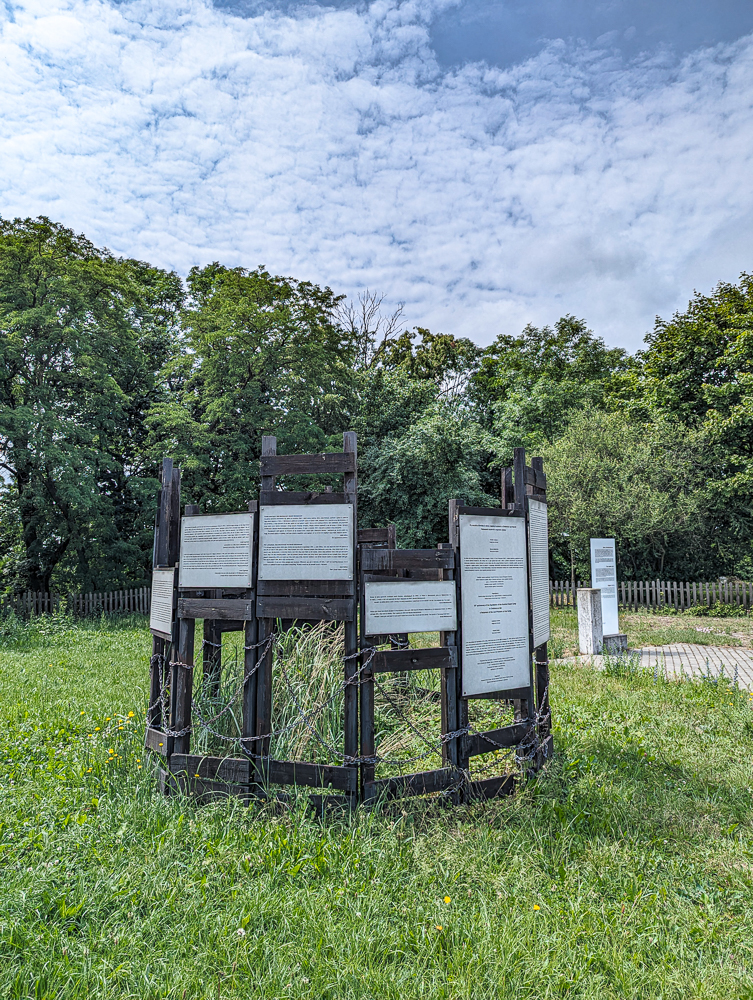
Visiting Chełmno: Essential information
Here’s the most basic information you need to plan your trip to Chełmno (accurate as of February 2025):
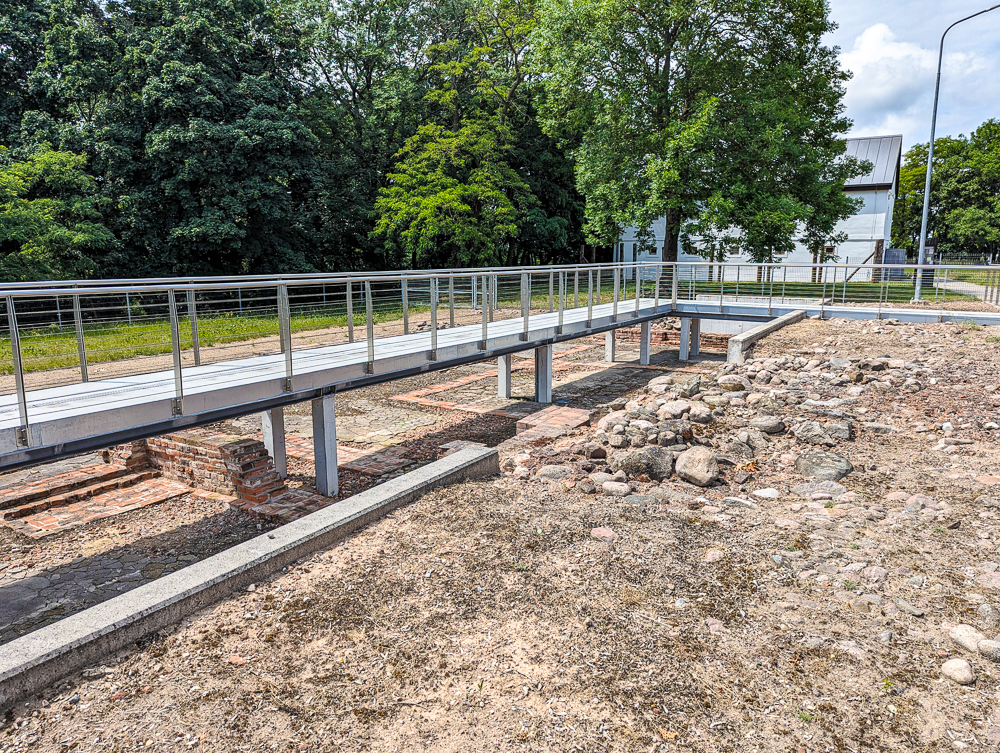
Suggested books for visiting Chełmno
Here are a few great books you can read to prepare for visiting Chełmno:
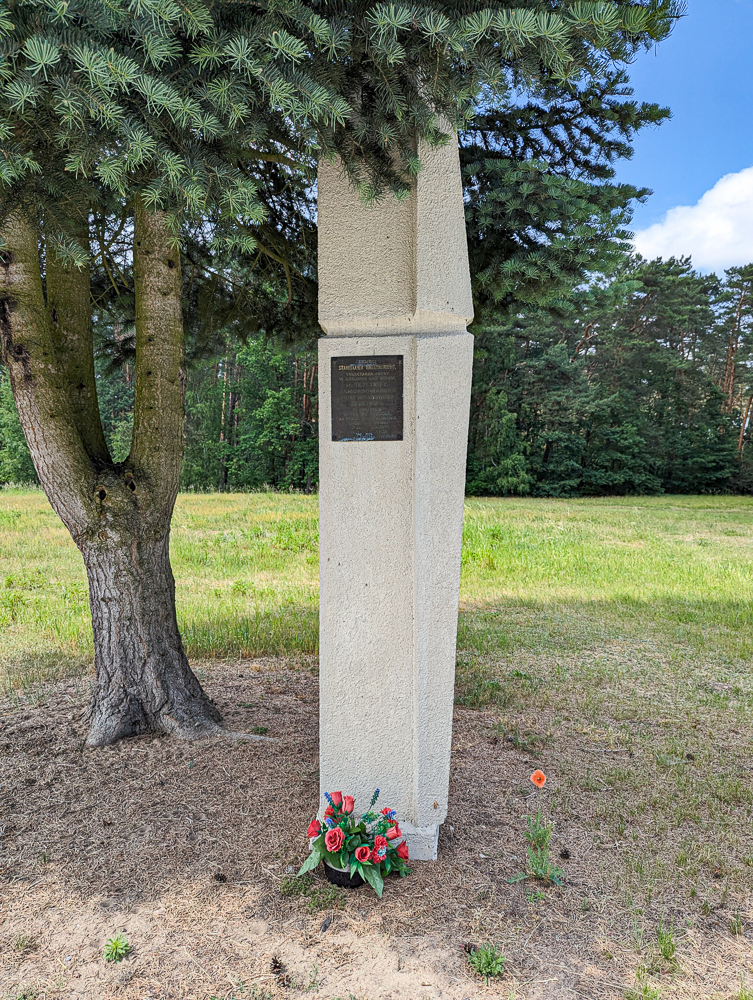
Suggested movies for visiting Chełmno
Here are a few great movies you can watch to prepare for visiting Chełmno:
For more great books to read and movies to watch before visiting Poland, see my full list in that link.
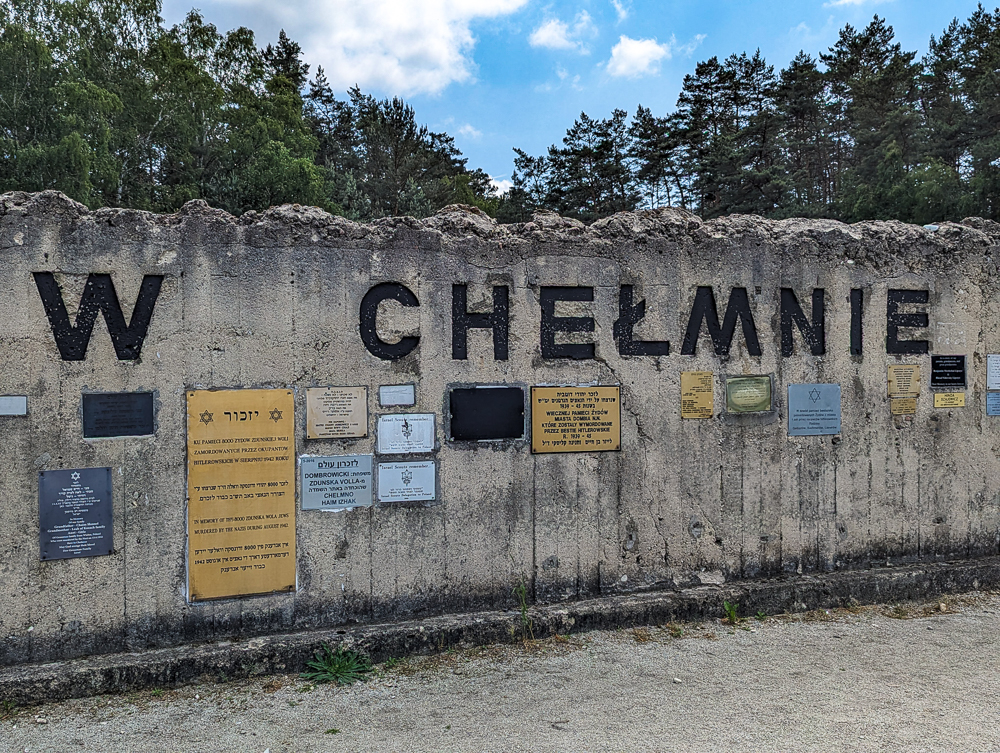
Where to stay near Chełmno
Chełmno is located in a very small town in a fairly remote area, but it is surrounded by a few major cities. When I visited in May 2024, I stayed in Poznań the night before and Wrocław that night. You can also visit Chełmno from Warsaw and Łódź. Check out these links to begin your hotel search:
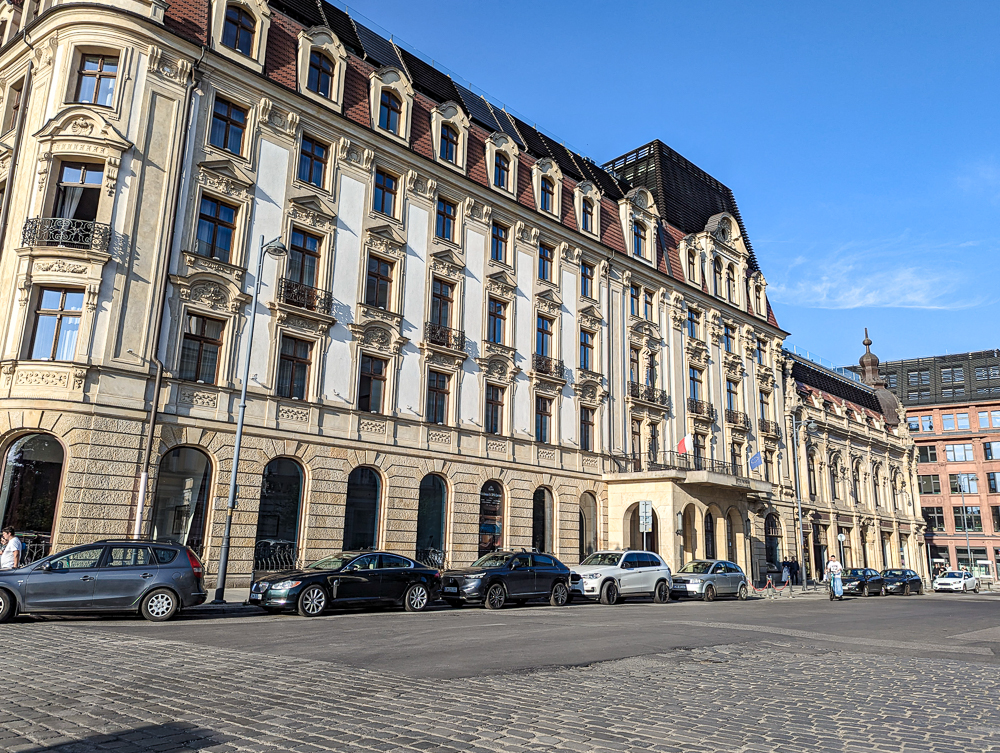
More info for your visit to Poland
- Hotels: Find great places to stay on Booking.com (my go-to). Expedia and Hotels.com are worth checking too. VRBO is best for apartment rentals.
- Rental cars: Check out the best local rental car deals here.
- For more local tours, check out all the options from Viator and Get Your Guide.
- Don’t forget a Poland guidebook and this must-have Poland customs and culture guide!
- Want more? See all my Poland posts here.
Like this post? Have questions about visiting Chełmno? Let me know in the comments below. Thanks for reading.

Save this info, pin this image:
